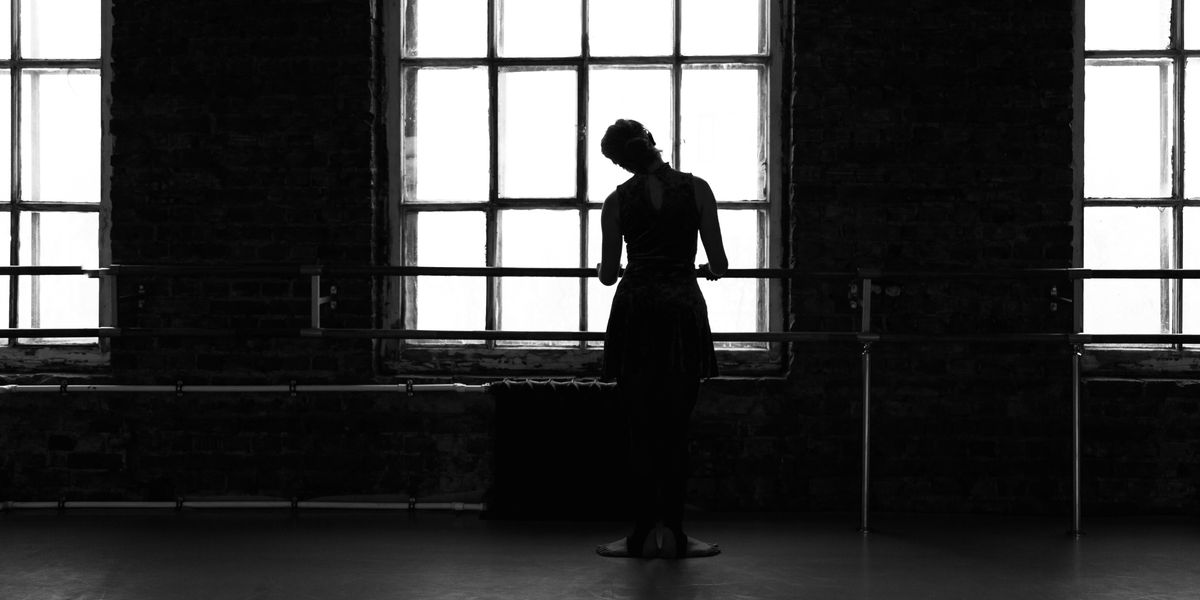What Can Dancers Do If They Don’t Feel Safe Returning to the Studio?
As we head into summer, all 50 states are taking steps toward reopening after the coronavirus shutdown, despite the fact that only a handful meet safe reopening criteria. Most dancers in New York City and other urban areas have accepted that we won’t be returning to live performance as we knew it until 2021.
But with performing arts organizations desperate to make up for lost revenue, and some theaters reopening already, some dancers are starting to hear from their directors about coming back to the studio.
Performing arts venues in Texas are cleared to welcome patrons at 50-percent capacity, and a few theaters in Utah have also reopened. Elsewhere, venues are making tentative plans for outdoor performances. However, much of the conversation has been focused on how to keep audience members safe, not dancers.
Safety Considerations for Dancers
While much remains unknown about the novel coronavirus, breathing heavily in enclosed spaces—which describes just about any dance class or rehearsal—seems to be one of the riskiest activities when it comes to transmission. A contact tracing study in South Korea, for example, found that one dance fitness workshop led to a whopping 112 coronavirus cases.
Dance/USA’s Task Force on Dancer Health has released its recommendations for returning to the studio, but these guidelines represent a major change to business as usual for dancers: regular screening for symptoms of COVID-19, dancers maintaining a distance of at least six feet but preferably 10 feet, masks worn at all times, no physical contact, and limited time in dressing rooms. Individual dancers will have little control over whether or not these protocols are followed, and even with proper precautions, some dancers may not feel ready to return.
Weighing the Risks
While many professional dancers are young and healthy, artists are more than twice as likely as the general population to be uninsured, which means seeking treatment for COVID-19 could be financially devastating. Dancers with disabilities or health conditions that place them at higher risk for COVID-19—or those who live with family members at higher risk—could be unfairly excluded from job opportunities. And we are just beginning to learn about the long-term effects that COVID-19 survivors may experience for years to come. Is going back to the studio really worth risking your life or your long-term health?
Put simply, dancers who aren’t ready to go back shouldn’t have to. As desperately as we miss dancing, we have to put our health—and the health of our communities—first. But as artists who often lack employment protections, it may feel risky to draw a line in the sand.
If You’re a Union Member
Actors’ Equity Association has brought on a public health expert to help figure out how theater artists can return to work safely, and has asked members to contact the union if they’re asked to go back, pledging to protect them from unsafe environments. The American Guild of Musical Artists, which represents dancers at the few companies that are unionized, has taken similar steps. If you are a union member, contact your representative when you are asked to go back to work. They can help ensure your company is following proper protocol. (If you work for a company that isn’t unionized, you may be able to join AGMA. Contact them for more information.)
If You’re a Freelancer or Work for a Non-Union Company
Unfortunately, many dancers are not union members, which means they lack a third party to speak up on their behalf. Even without this, dancers can band together to advocate for themselves. If you’re being asked to return to rehearsals for a particular project, talk to your fellow cast members. It will be easier to address your concerns with the choreographer or director as a group. For instance, you could propose a later start date that you would all be comfortable with, or come up with a list of conditions that would make you feel safe, such as temperature checks, mandatory mask wearing, frequent testing and stringent cleaning protocols.
Freelance dancers can also check out Dance Artists’ National Collective, a group working toward safe and equitable working conditions for dancers. They maintain a list of resources and are currently building a negotiating tool kit and sample letter of agreement (similar to a contract) to help with conversations around safe working conditions, pay and more.
If You’re a Student
If you are a student and you are being pressured to return to in-person classes, you may be able to organize in a similar way with your fellow dancers. You probably aren’t the only one feeling hesitant, and you can bring these concerns to your teacher together. If your studio asks for feedback about virtual versus in-person classes, answer honestly.
Setting Your Own Boundaries
Whether you’re a student or a working dancer, ask yourself under what conditions you’d be comfortable returning to the studio. For example, I recently agreed to participate in a dance film shoot that is taking place outdoors, with no physical contact, proper social distancing and masks. I’m comfortable with those conditions, but I wouldn’t have been comfortable participating in rehearsal or performance indoors, or without masks. Get a handle on your boundaries and hold firm.
Dancers are often made to feel replaceable. If you don’t take that job, someone else will. If you give up your spot in class, someone else will take it. But no human is replaceable, and in proceeding with caution, you’re not just protecting yourself. You’re protecting all your fellow dancers, your loved ones and your community at large.






